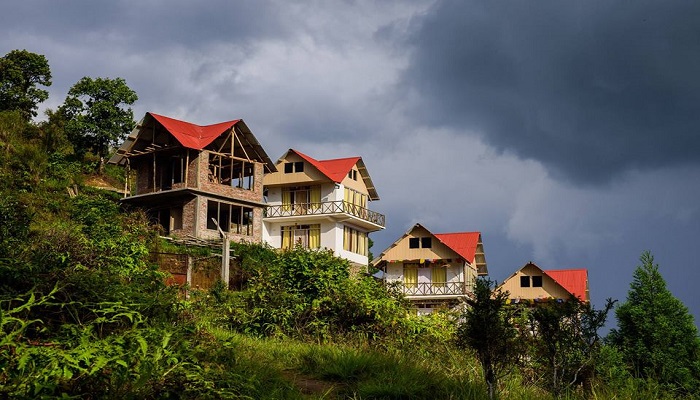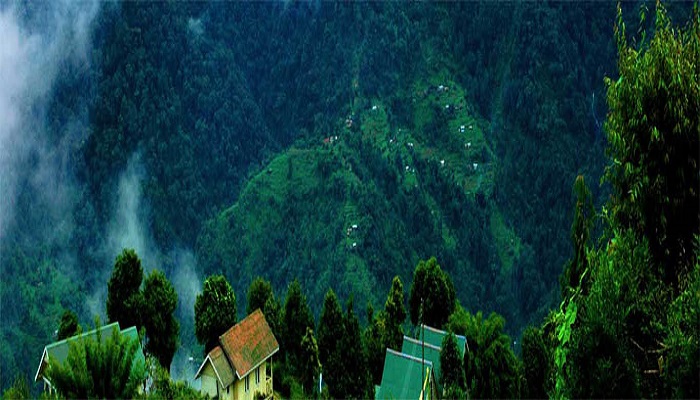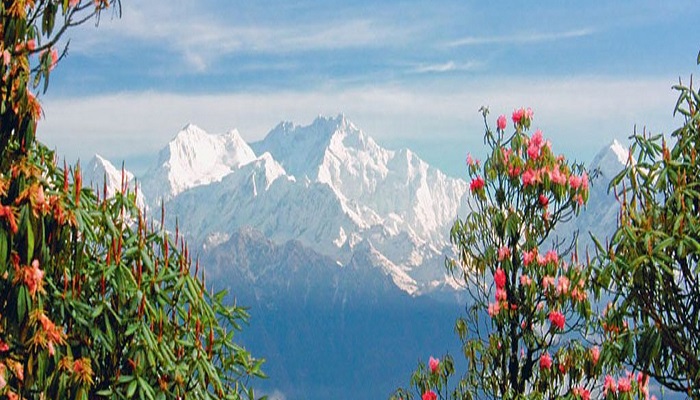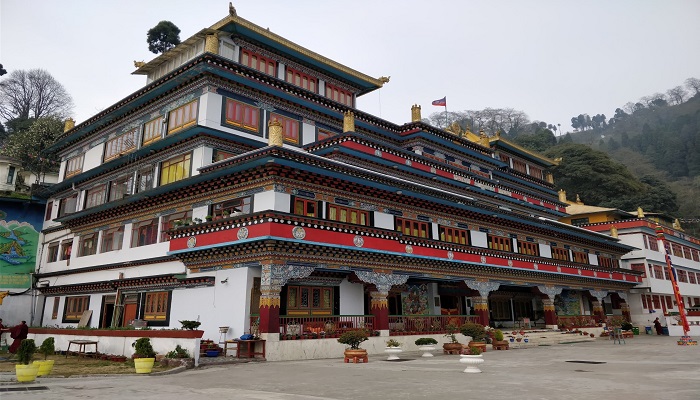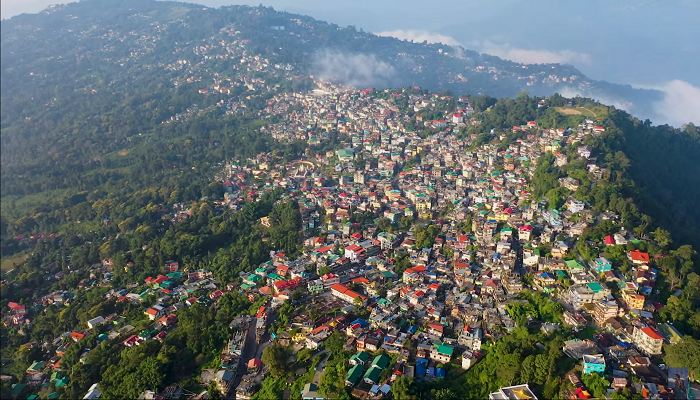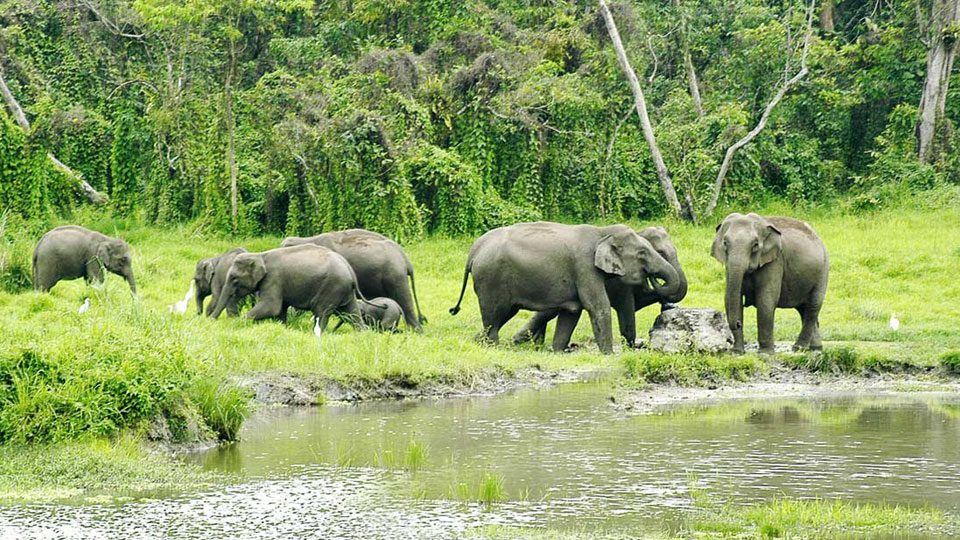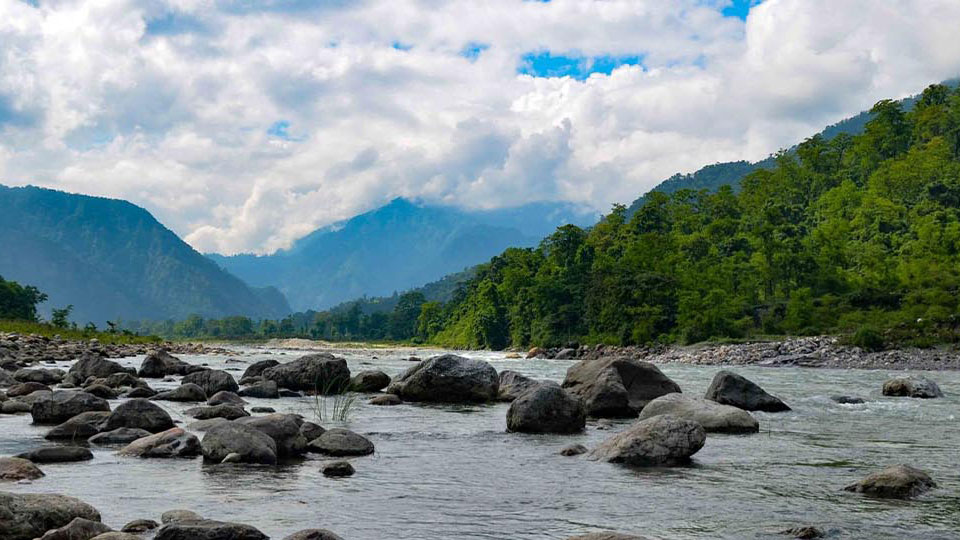West Bengal
West Bengal - Overview
West Bengal – a state of rich cultural heritage and a glorious past. The region has played a significant role in Indian history, both in the ancient and medieval ages. The British first started their colonization here, in the name of the East India Company. The Battle of Plassey in 1757, was an important political event in the history of Bengal. It took place between Nawab Siraj Ud-Daulah and the British East India Company. the last independent Nawab, was defeated by the British. In 1947, when India gained independence Bengal was also partitioned in two part. The western part remains in India and is named West Bengal while the eastern part joined Pakistan as a province called East Bengal later renamed East Pakistan, giving rise to independent Bangladesh in 1971.
The land is mostly plain except the northern region, which comes under the Himalayan mountain range. On the basis of landforms, the state can be divided into the regions of Darjeeling Himalayan hill region, Terai region, North Bengal plains, Rarh region , Coastal plain , Sunderbans, Western plateau and high lands , Ganges delta. The state has a total area of 88,752 square kilometers (34,267 sq mi). The Darjeeling Himalayan hill region in the northern extreme of the state belongs to the eastern Himalaya. This region contains Sandakphu (3,636 m or 11,929 ft) the highest peak of the state. West Bengal is home to five national parks. Sundarbans National Park, Buxa Tiger Reserve, Gorumara National Park, Neora Valley National Park and Singalila National Park. Extant wildlife includes Indian rhinoceroses, Indian elephants, deer, bison, leopards, gaur, and crocodiles, as well as many bird species. Migratory birds come to the state during the winter. The high-altitude forests of Singalila National Park shelter barking deer, red panda, pangolin, The Sundarbans are noted for a reserve project conserving the endangered Bengal tiger.
Baya weaver (Babui), Flame back woodpecker (Kaththokra), Indian Roller (Nilkantha), Indian Bulbul, Red Whiskered bulbul, White breasted water hen (Dahuk), Indian Myna (Shalik), Oriental Magpie –robin (Doyel)
Common Tailor bird (Tuntuni), Stork(samuk Khole), Indian Oriole (Sona bau/Holud pakhi), Black Hooded Oriole (Benebou/Bou kotha kou), Coppersmith Barbet (Basanta bouri), Jungle Babbler Satbhai/Chatare), Black Drongo (Finge), Spotted Dove(Finge), Small egret(Bok),
Kingfisher (Mach Ranga), Common Cuckoo (Asian Koyel, Kokil), Rufous Treepie(Lej jhola), Indian Rose-ringed Parakeet (Tia), Green Bee eater (Banspati), Purple Sunbird (Moutusi), Black Kite (Chil) are the common birds available in this region.
What you should know West Bengal ?
Region : East India
Established : 18 August (Day of accession to India)
Capital : kolkata
Size : 88,752 sq km
Rivers : Bhagirathi, Teesta, Torsa, Jaldhaka ,Mahananda, Damodar, Ajay, Subarnarekha and Rupnarayan. etc.
Forest / Park : Sundarbans NP, Buxa Tiger Reserve, Gorumara NP, Neora Valley NP and Singalila National Park
Neighbour States : Orissa, Jharkhand, Bihar, Sikkim, and Assam.Border with-,Nepal, Bhutan, and Bangladesh
State Animal : Fishing Cat
State Bird : White-throated Kingfisher
State Tree : Devil tree
State Flower : Parijat, night-flowering jasmine
Some Interesting Facts About West Bengal
In 2011 the Government of West Bengal proposed a change in the official name of the state to PaschimBanga (Bengali: পশ্চিমবঙ্গ Pôshchimbônggô). In August 2016 the West Bengal Legislative Assembly passed another resolution to change the name of West Bengal to “Bengal” in English, and “Bangla” in Bengali. However, the central government has turned down the proposal maintaining the state should have one single name for all languages instead of three, and it should not be the same as that of any other territory (pointing out that the name ‘Bangla’ may create confusion with neighbouring Bangladesh).


